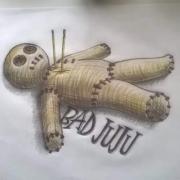From what I've seen Gabe's reaction to the beep is about as good as it gets, which is to say as good as practically every decent USPSA shooter. Unless you jump the clock (cheat), there really isn't much to be gained once you "get it". Limits of human performance top out.
Gabe's ability to modulate acceleration and deceleration is amazing. That's the holy grail of consistent, accurate, fast shots from the draw.




 Reply With Quote
Reply With Quote



